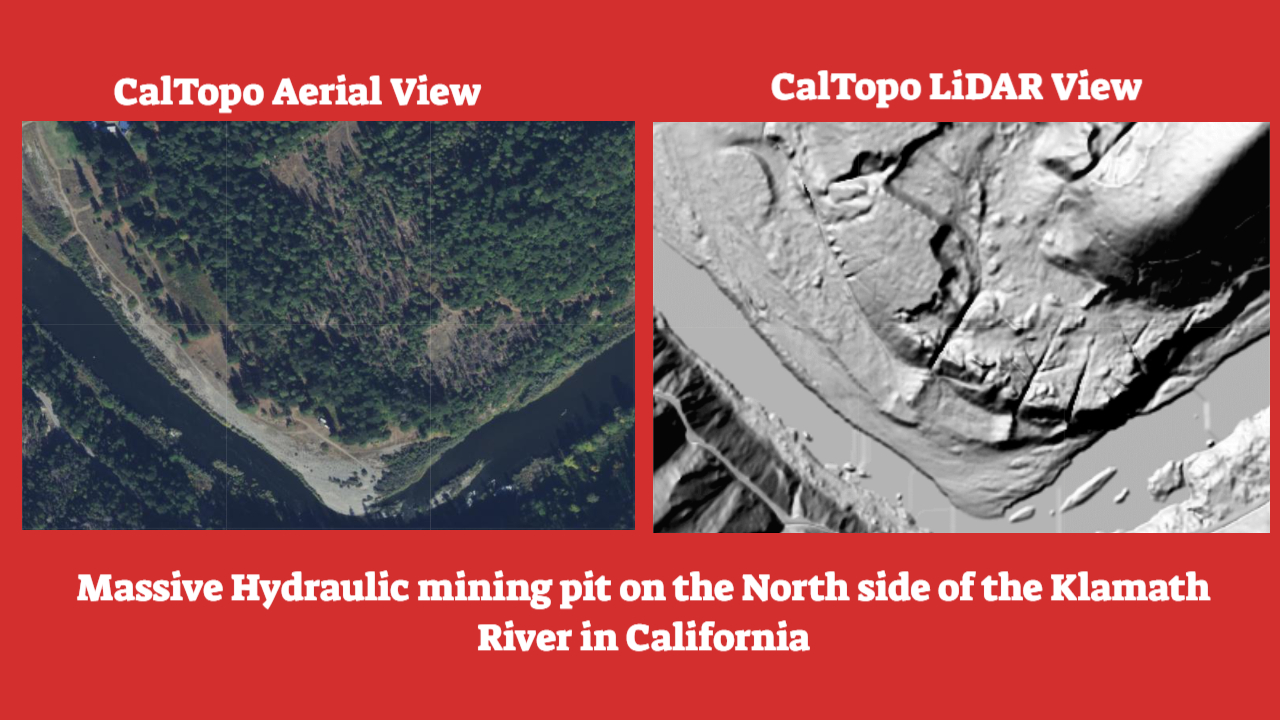Prospecting & Detecting
Prospector Unearths Huge 'Duck’s Foot' Nugget
October 2018 by Scott Harn
A retired gold prospector spent hours digging up his fortune in the northern goldfields near Kambalda, Western Australia, after finding the target with his metal detector.
The prospector, who wishes to remain anonymous, was not far from the site of the rich gold discovery made by Royal Nickel Corp. that we reported earlier in this issue.
The nugget is being called the “Duck’s Foot” due to its unique shape. It’s nearly 104 troy ounces, and testing indicated it contained 68 troy ounces of gold.
“When I had finished digging it out, I just thought ‘Oh my God,’” he said.
“There’s an amazing feeling of joy when you find a gold nugget, even a small one, so when I uncovered this one it was really a special moment. I have been going to the same spot for years but with a better detector, better technology, I keep finding gold in patches I’ve been over many times. I can’t believe the amount I’ve left behind,” he said.
The prospector said he camps out for weeks or sometimes months at a time. Prior to the “Duck’s Foot” nugget, he already found a smaller nugget that was large enough to pay for the entire expedition, and he recovered six nuggets on this trip.
“That meant the pressure was off and I could relax a bit,” he told The Sydney Morning Herald. “I started looking for deep signals in ground I’d gone over before,” he added.
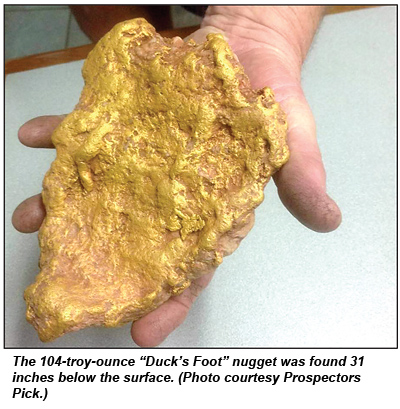 The prospector said the “Duck’s Foot” nugget was down deep—about 31 inches below the surface—and in clay soil. It took him two hours digging carefully to recover it.
The prospector said the “Duck’s Foot” nugget was down deep—about 31 inches below the surface—and in clay soil. It took him two hours digging carefully to recover it.
He took the nugget with him to visit his friend Rob Anderson, who operates the Prospectors Pick in Banbury, Western Australia, and allowed Anderson to photograph the nugget.
Anderson said he’s known the prospector for a long time. “I think it’s fair to say he’s been very successful over the years,” said Anderson.
The gold bullion value is about $82,000 at current prices, but the prospector will likely get considerably more due to the rarity of large nuggets.
For years, ICMJ writers, many of whom are expert prospectors, have suggested to our readers that persistence, patience and in this case some newer technology, has its rewards.
Consider revisiting older patches with more than one type of detector, and take time to dig out signals that sound like deep targets. They may be trash, but then again, they may be a giant nugget shaped like a duck’s foot.
Hunting for Gold in the Quartzsite Area of Western Arizona
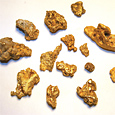 Winters are a great time to explore the hills in the area of the Middle Camp, Oro Fino and La Cholla placers on the southern flank of the Dome Rock Mountains.
Winters are a great time to explore the hills in the area of the Middle Camp, Oro Fino and La Cholla placers on the southern flank of the Dome Rock Mountains.
Metal Detector Testing Methods
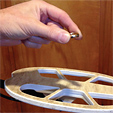 It will not be any easier than on your table at home, and so testing a very small test target like the ballpoint pen can tell you immediately if a detector is suitable for looking for tiny gold nuggets.
It will not be any easier than on your table at home, and so testing a very small test target like the ballpoint pen can tell you immediately if a detector is suitable for looking for tiny gold nuggets.Gold 1822 Half Eagle Fetches Record at Auction
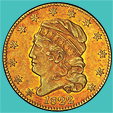 The coin trading world has a new gold standard, after the only known 1822 half eagle $5 piece in private hands sold at auction in Las Vegas…
The coin trading world has a new gold standard, after the only known 1822 half eagle $5 piece in private hands sold at auction in Las Vegas…
Maitland Bar Nugget to Go On Display
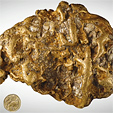 The box sat in a hallway and employees began using it for impromptu cricket games, no knowing what it contained.
The box sat in a hallway and employees began using it for impromptu cricket games, no knowing what it contained.
Small-Scale Miners Rock the Mining World
With the high price of gold, there are many new prospectors out in the hills all over the United States, and while we would all prefer to be finding those larger nuggets, it doesn’t always work that way. Sometimes all that is available is nothing more than a few small flakes. The truth is, new prospectors are sprouting up all across the planet—especially in the developing nations.
Ask the Experts
What are the tell signs of garnet deposits?
Subscription Required:
Free:
The Bawl Mill
• Legislative and Regulatory Update
• Ask The Experts - A few questions about 'peak gold'
• Ask The Experts - Seeking advice on processing pocket gold
• Ask The Experts - How do I recover gold in pyrite?
• Ask The Experts - Can a British citizen purchase a mining claim?
• Ask The Experts - Is California dredging going to return in 2019?
• Ask The Experts - Were you aware of the new recording fee in California?
• The Unusual Forest Nugget Patch
• California Sniping
• Large Gold Deposit Types
• PLP Update
• A Father’s Day to Remember: 24,000 Ounces Gold in Quartz
• How to Beat the Heat--and The Bedrock
• Gold Prospecting: For Better or Worse--It Was A Dark and Overcast Night
• Using Geologic Publications to Discover Collecting Sites
• Melman on Gold & Silver
• Mining Stock Quotes and Mineral & Metal Prices


